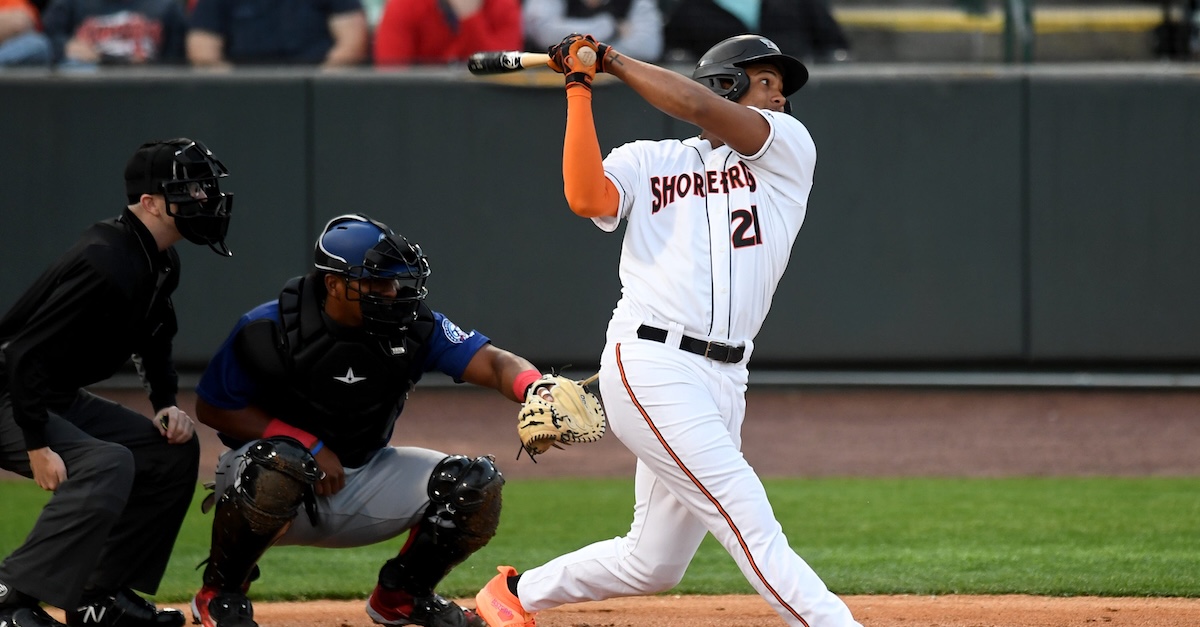Eric Longenhagen Prospects Chat: 4/18/25
| 12:04 |
: Hey everyone, welcome back to another Friday prospect-y chat. It’s a perfect day here in Tempe. Let’s roll through your questions as I prep for the Dodgers list.
|
| 12:05 |
: do you think chase burns will be pitching in cincinnati in august/september?
|
| 12:06 |
: I think there’s a good chance, yes. I picked them to win the division in part because they’ve got such a great combination of pitching depth and impact waiting around in Louisville and Chattanooga, I think they’ll have the incentive to promote him pretty aggressively and he has the innings foundation to work deep into the season.
|
| 12:06 |
: You’ve generally been low man on Robby Snelling. Anything in his strong start, increased velo to bump him up a bit?
|
| 12:07 |
: He’s sitting 93 now, so it’s not like it’s a huge bump in which he suddenly has plus velo or anything. Changeup looks okay. Still more 45 type for me rather than an impact guy. Big league rotation piece, though.
|
| 12:07 |
: It’s only been 4 innings across two outings, but Ryan Sloan’s stuff is seems very real. Certainly three years away from the majors but where is his biggest area to improve? Control/Command?
|





